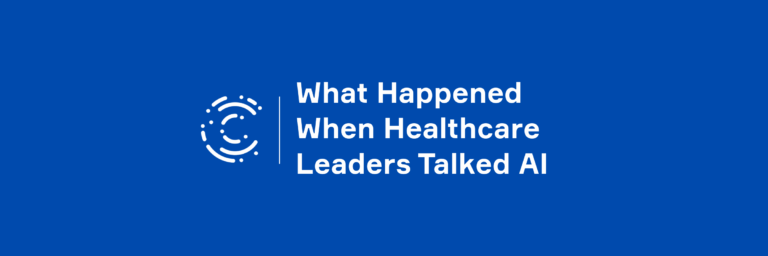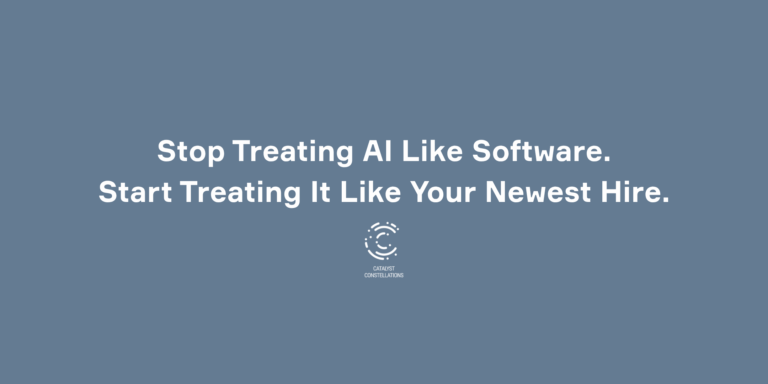You’ve spotted the AI opportunity. You’ve run the experiments. You’ve seen what’s possible. But now you’re hitting the real challenge every Catalyst knows: getting everyone else to see what you see.
Maybe you’ve been experimenting with prompt engineering, using automation to eliminate repetitive tasks, or testing tools that help you move faster with less friction. You saw the opportunity and leaned in. That’s what Catalysts do.
But influencing peer buy-in, getting other teams on board, or securing funding to roll out enterprise-wide solutions is frustrating. The key isn’t convincing them AI is amazing, it’s meeting them where they are and showing them what matters to them. Here’s how:
1. Lead with Outcomes, Not Enthusiasm
Non-Catalysts don’t always want to try new tools, but they do get inspired by the results those tools drive. Instead of telling everyone how effective your AI experiment was, show them what it achieved.
Did you improve email outreach? Reduce product development time and QA overhead? Decrease customer care call times while increasing NPS? Make it tangible. And if you want to make Finance sit up and take notice? Quantify the benefits with money made or time saved.
Don’t say “Our AI tool is incredible!” Say “This saved me 8 hours last week. Here’s exactly what I did with that time instead.
2. Offer Safety to Experiment Together
Some of your peers are curious about AI but afraid to admit what they don’t know. This is where your Catalyst mindset can shine. Share your failures as well as successes and encourage them to experiment.
Share what you’ve tried. Be honest about what didn’t work. Offer to experiment together; no judgment. Normalize the idea that you’re all learning together and create a safe space for it to happen.
3. Be a Trusted Sensor for Your Execs
Executives are feeling the pressure to “do something with AI,” but many aren’t sure where to start. This is your chance to move your AI breakthrough from experiment to enterprise.
One member of our Catalyst Leadership Trust calls this a “radar buoy”—being closer to the front lines and spotting opportunities others miss. If you see an AI use case that could help the company pivot, don’t keep it to yourself. Share it in a way that’s clear, relevant, and aligned with business priorities. (Hint: see Tip #1 to frame your thoughts.)
4. Model the Human Side of AI
You already know AI isn’t just about replacing people, it’s about augmenting your impact. Help others see this reality: show how you’re using AI to free up time for deeper thinking, better collaboration, or more strategic work.
Another Trust member shared their own great example: using AI to personalize sales emails to prospects, a job that used to take hours, now accomplished in minutes. As a result, his sales team has more time to spend in detailed discussions and relationship building with interested people, something AI can’t do. One good example helps head off fear and builds trust in how this technology can support, not threaten, your colleagues.
Catalyzing AI Innovation on the Front Lines
This is classic Catalyst territory: you see the future, you’ve tested the path, and now you need to light the way for others. The organizations that win with AI won’t be the ones with the best technology; they’ll be the ones whose Catalysts successfully brought everyone along for the transformation.
As a Catalyst, you’re already there. Now help everyone else come with you.




